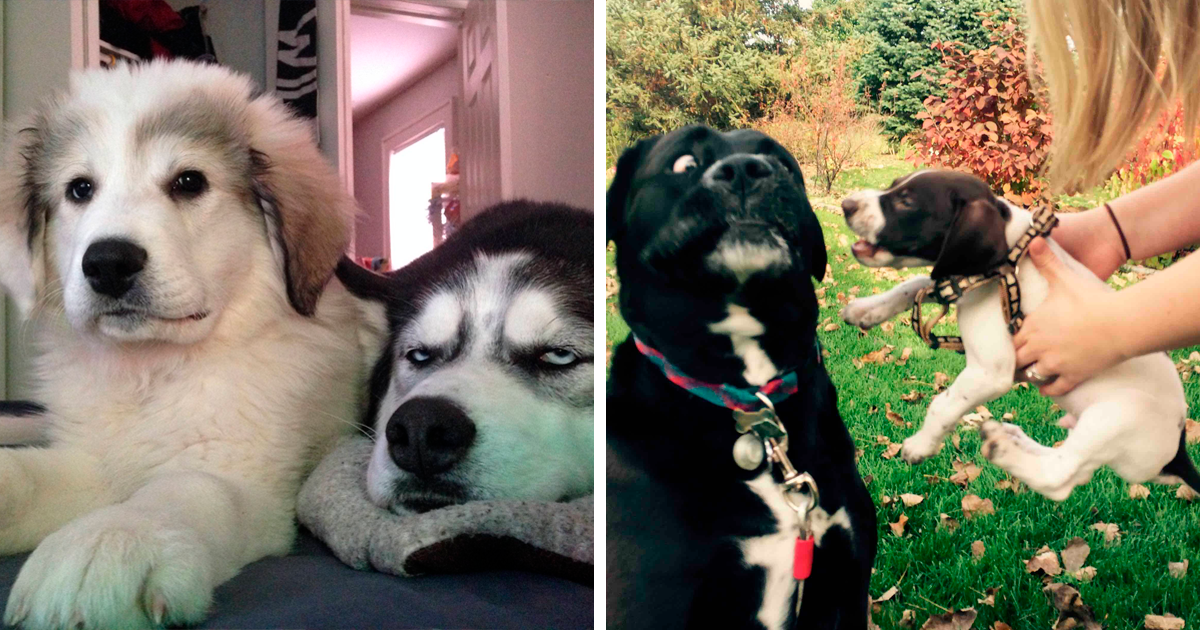

What’s better than having one good boy in your life? Having two or more good boys in your life. And by “good boy”, I clearly mean puppy. See, growing up with, or looking after ad of in your life can be one of the most rewarding things ever. You have a companion, a friend, and an ally. You can play with them, you can run with them, you can do a lot of things with a dog, and they’ll forever love you for it. That’s the kind of blind loyalty a lot of people like.
So what happens when you have multiple? Do they fight for attention? Do they love perfectly? Well, it varies, because they’re still dogs. But also doesn’t vary too much, because the kind of interactions siblings have is something that transcends something as minuscule as genetics. See, siblings can be, and often are, full of antagonistic affection towards each other. Both in humans and in animals, as you can tell from the following pictures taken from Reddit!
Source: Reddit
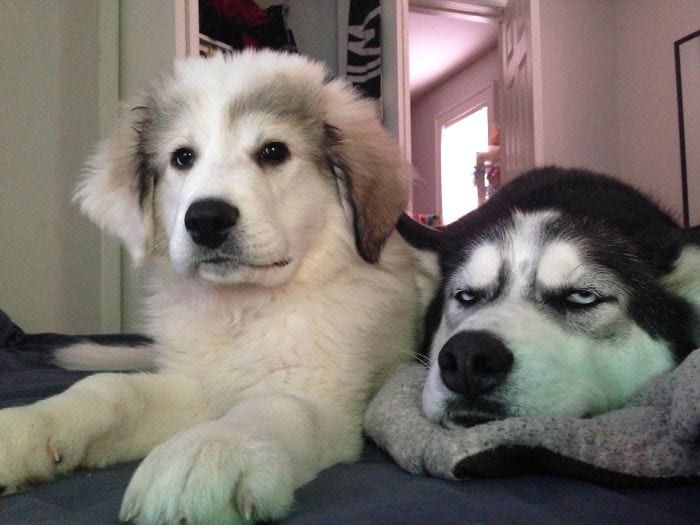

Whole Dog Journal did a piece on having multiple dogs at home!
Once upon a time, our dogs’ ancestors were all wild and lived in packs. It was critically important to pack survival that they get along well with each other. Even a minor injury from an aggressive packmate’s tooth could become infected and cause the disability and death of a pack member. Wild dogs depended on the abilities of the whole canine family to help with hunting and pack defense – a disabled member was a liability to all. For these survival reasons, dogs developed a highly ritualized language that enabled them to maintain pack order without bloodshed. Meaningful eye and facial expression, body posture, snapping, snarling, and even tooth contact without enough pressure to break skin all contributed to harmonious pack life.
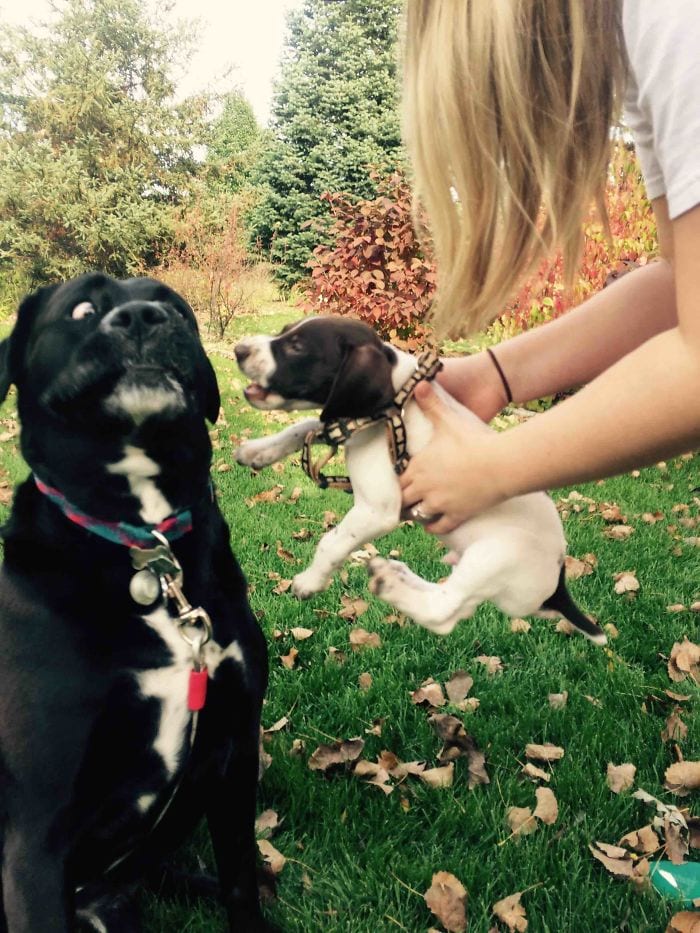

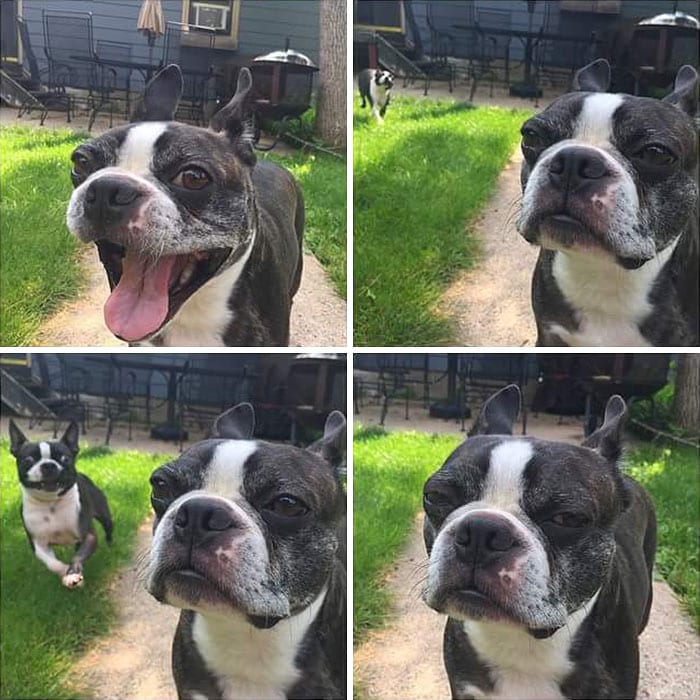

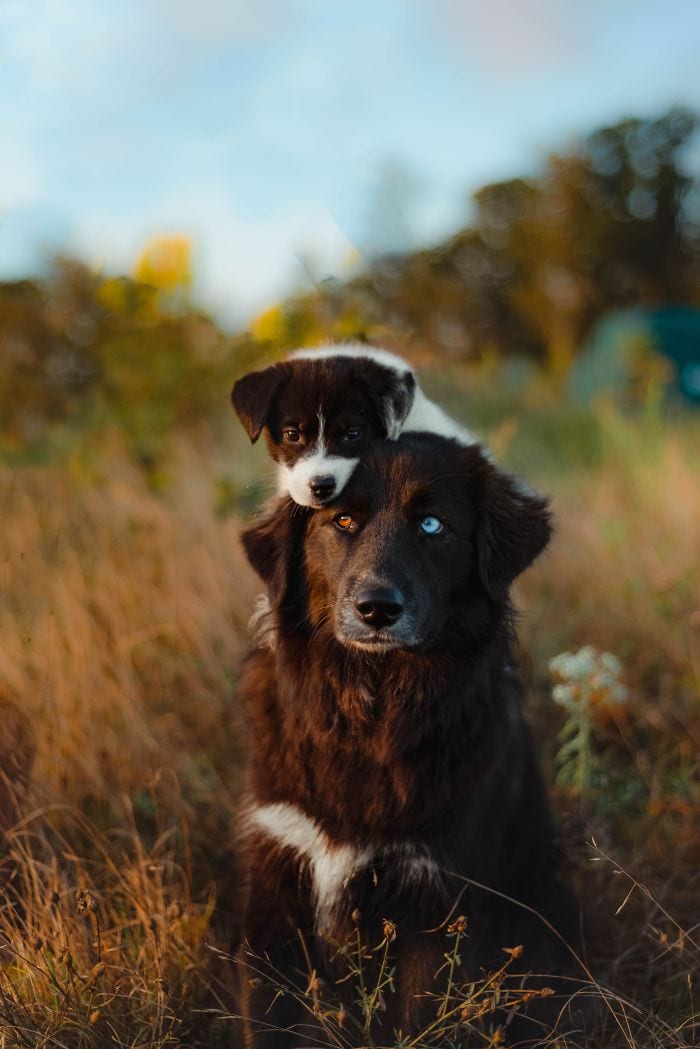



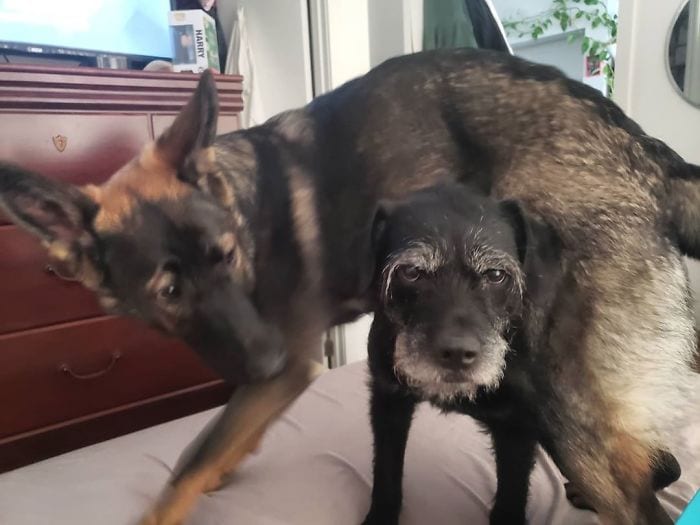

Enter the human. Over the centuries, as we molded the canine species’ exceptionally plastic phenotype, we created breeds such as Beagles, Bassets, Foxhounds, Coonhounds, Labradors, Golden Retrievers, and others – the hounds and sporting breeds that still have very strong genes for pack harmony. At the opposite extreme, we also created breeds such as the American Pit Bull Terrier, that genetically have very little tolerance for the proximity of others of their kind.


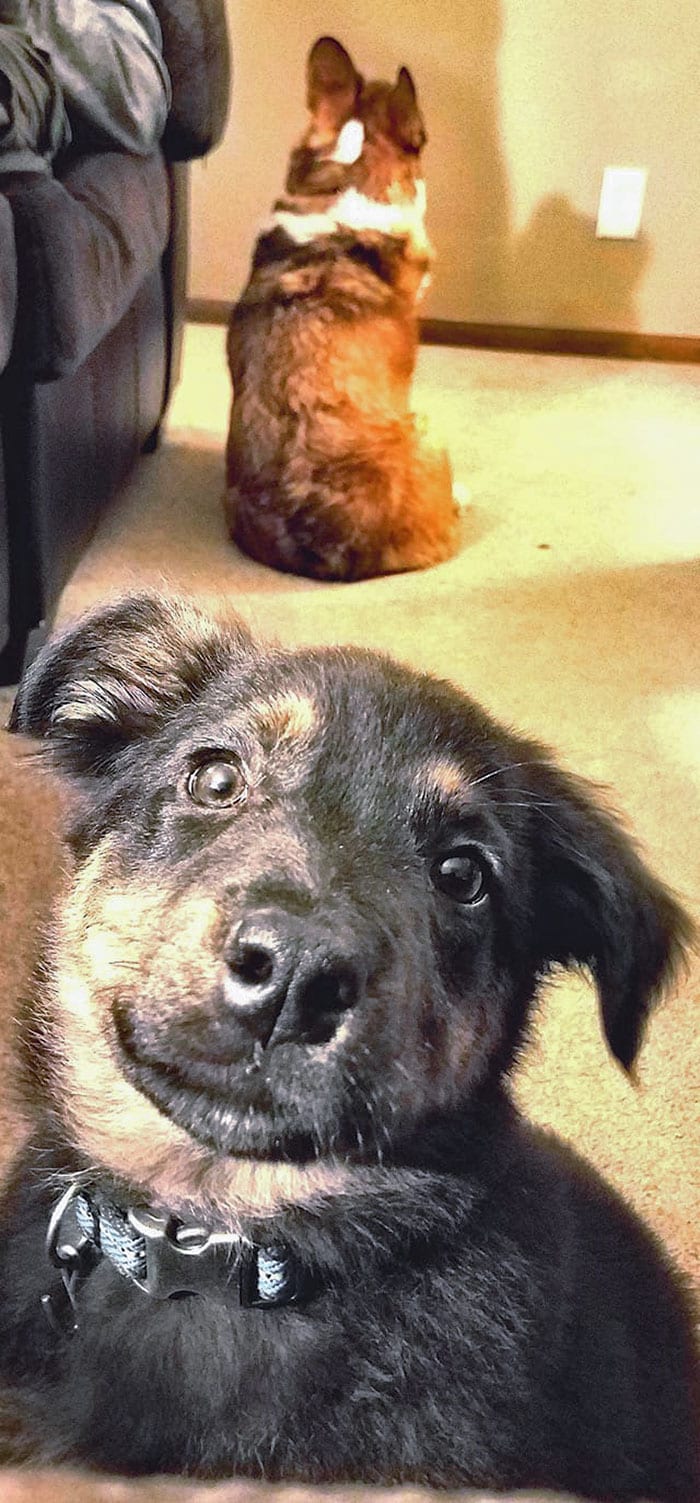

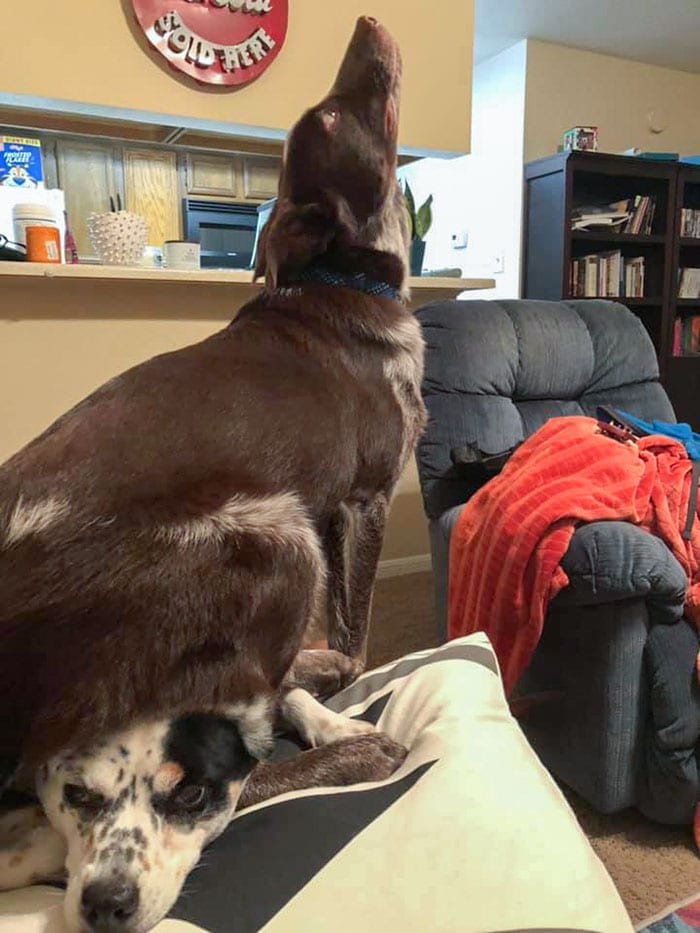

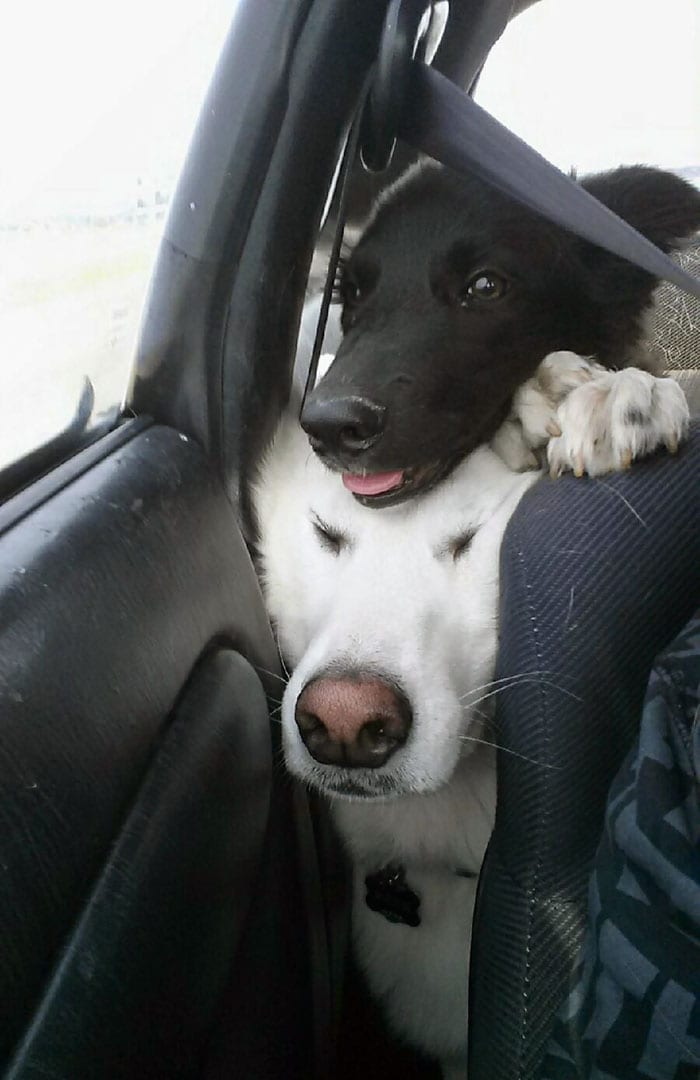

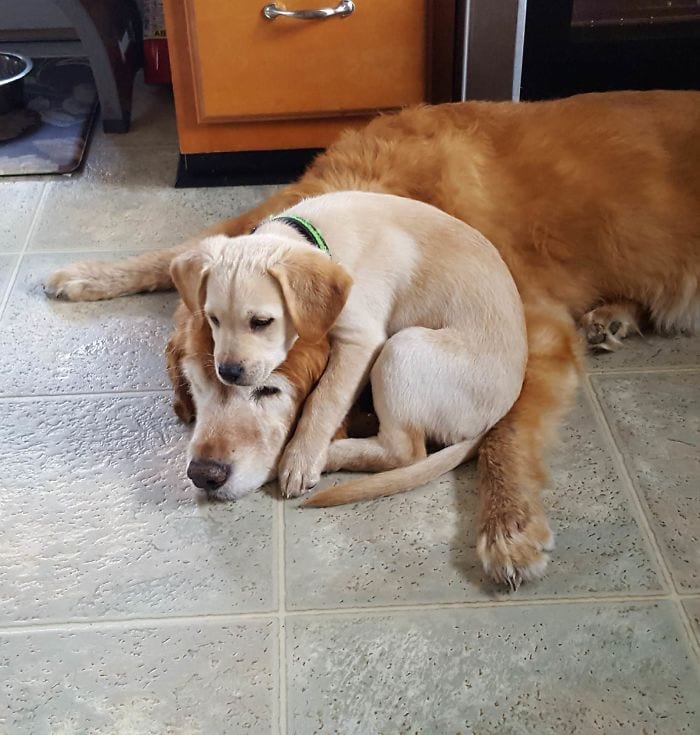



If you are just starting out on your path to pack life, your shortest route to a peaceful pack is to select canine family members from the harmonious end of the scale, and avoid the pugnacious fighting breeds, feisty terriers, and obsessive herding dog types. That’s not to say that some Pit Bulls, Scottish Terriers, and Australian Kelpies can’t live in group homes – they certainly can – it just takes more effort on the part of the human to make it work.
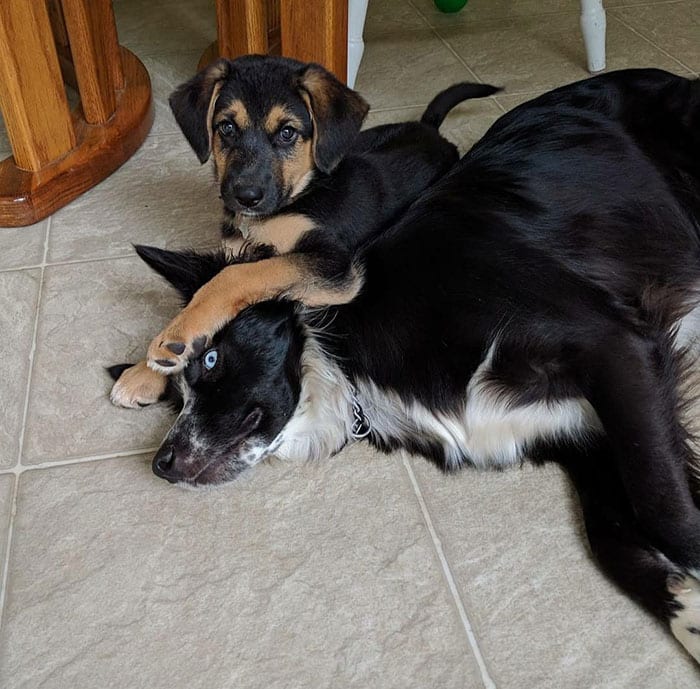

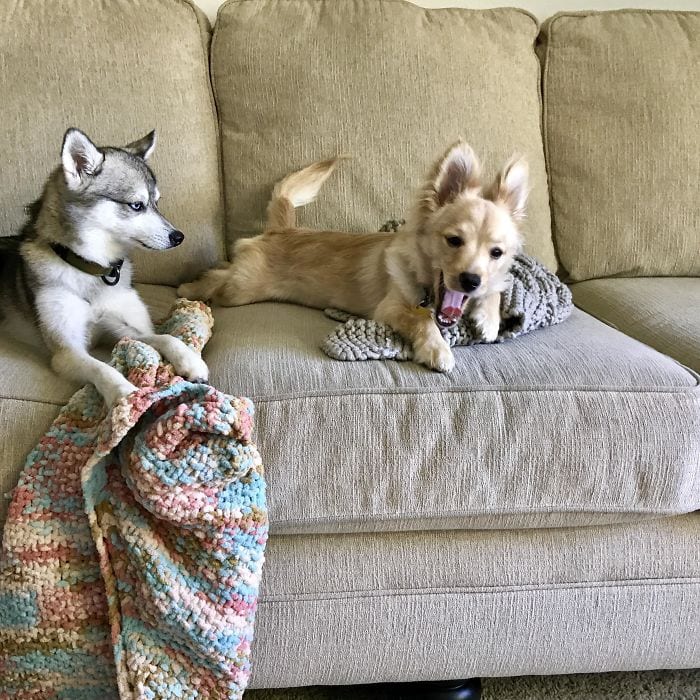

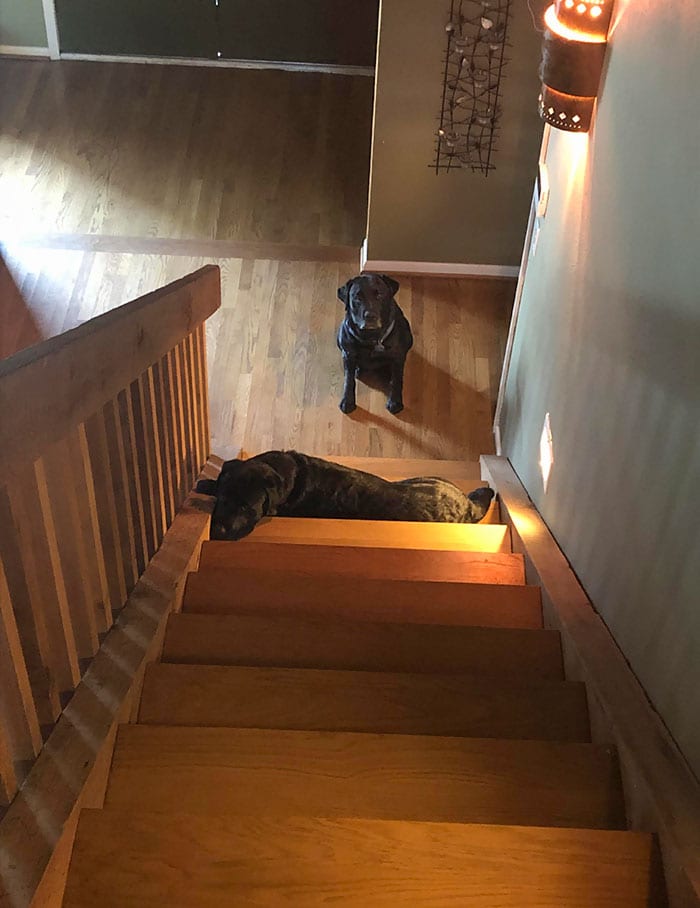

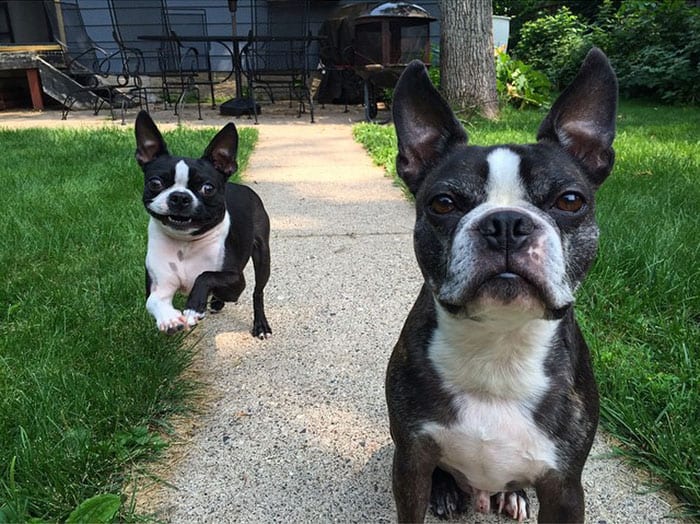

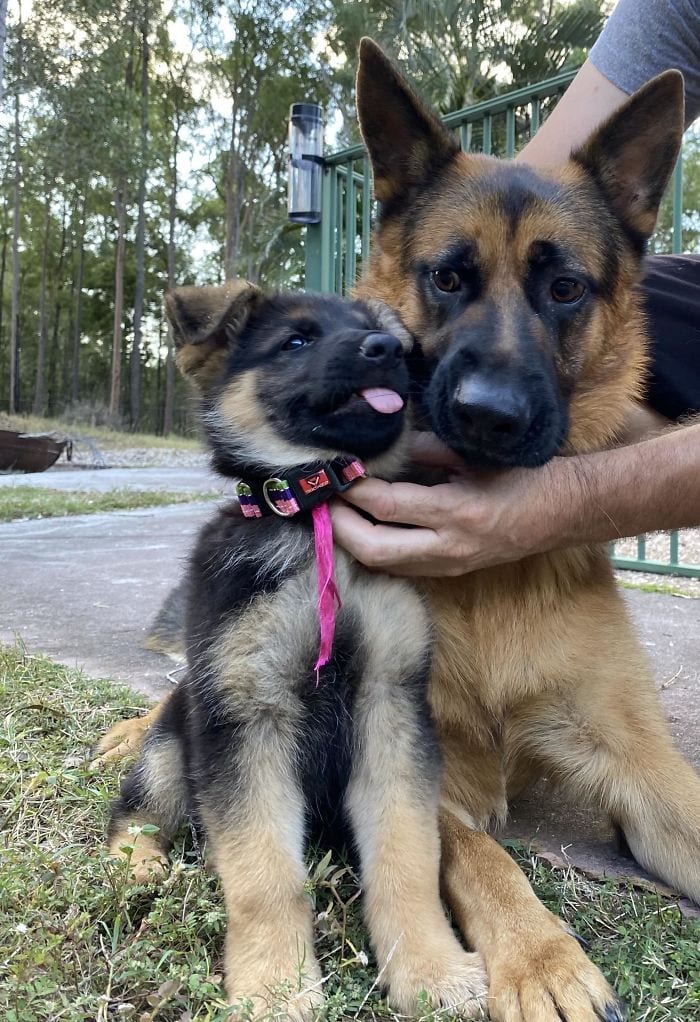

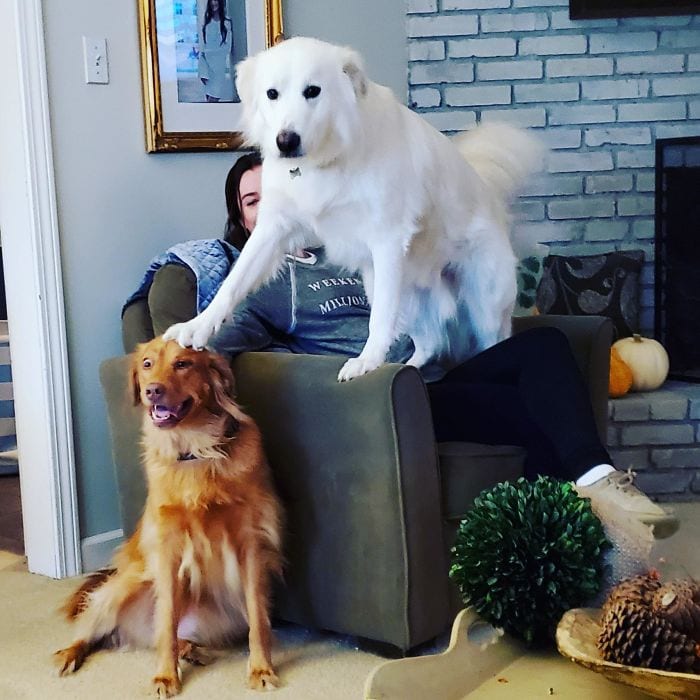

Pack management is as much an art as a skill. If you have always had a multi-dog household, never had problems, and never thought twice about it, congratulations! You are one of the lucky ones – a natural. You probably instinctively have done all the right things to help your pack be well-adjusted. Many dog owners aren’t so fortunate.
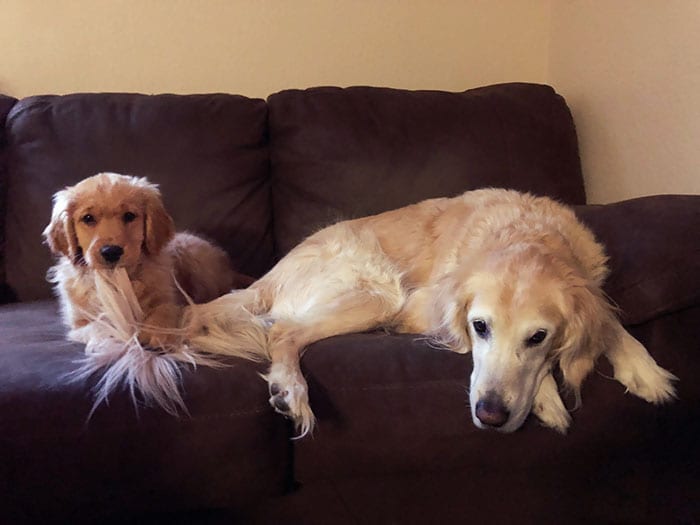



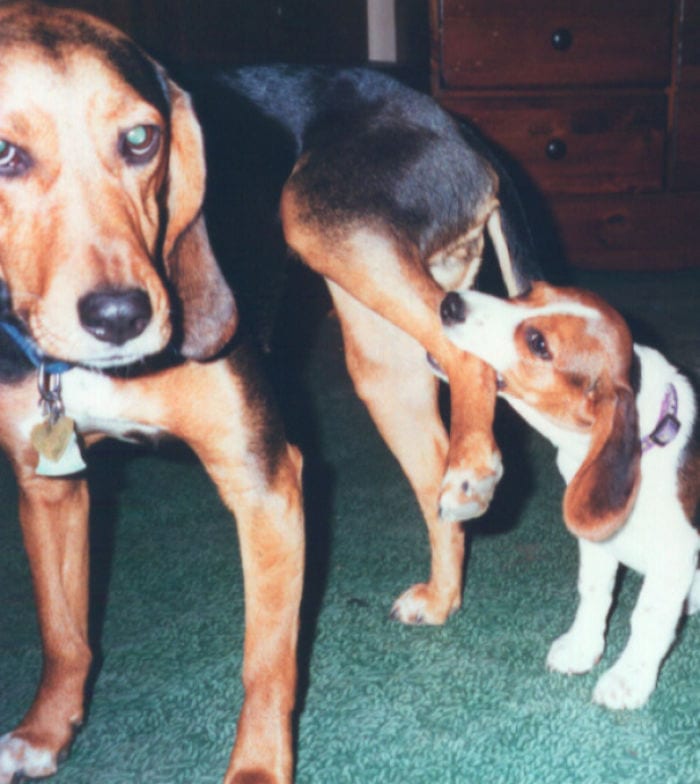



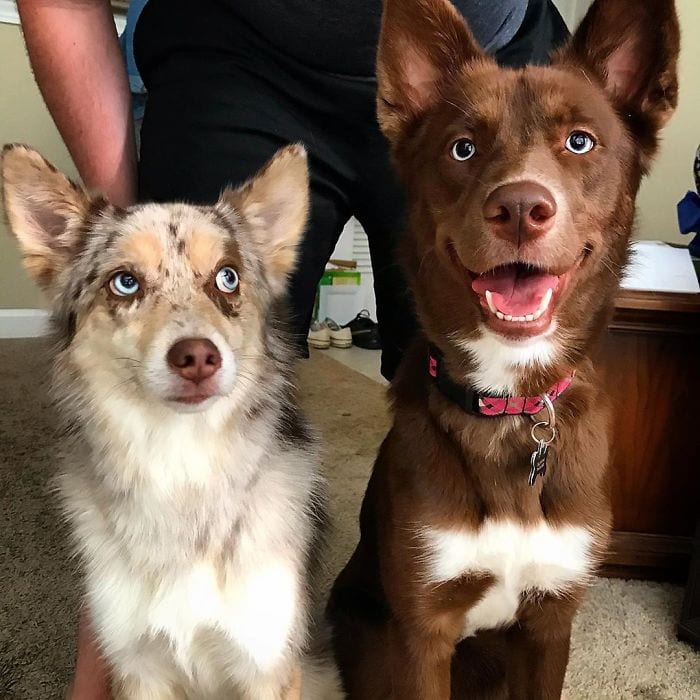

Pack problems run the continuum from simple delinquent behaviors to serious intra-pack aggression. While many dog owners tolerate the former, group bad manners is often the precursor to aggression, and is far more easily addressed before canine emotions escalate to the blood-letting level.
The basic tenet for a successful multi-dog household is simple: The more dogs in the home, the more “in charge” the human pack member must be. The “in charge” tenet for pack management is closely followed by this corollary: The more dogs in the household, the more well-trained and well-behaved the canine members of the pack must be. So how does a floundering human leader restore order to the pack?


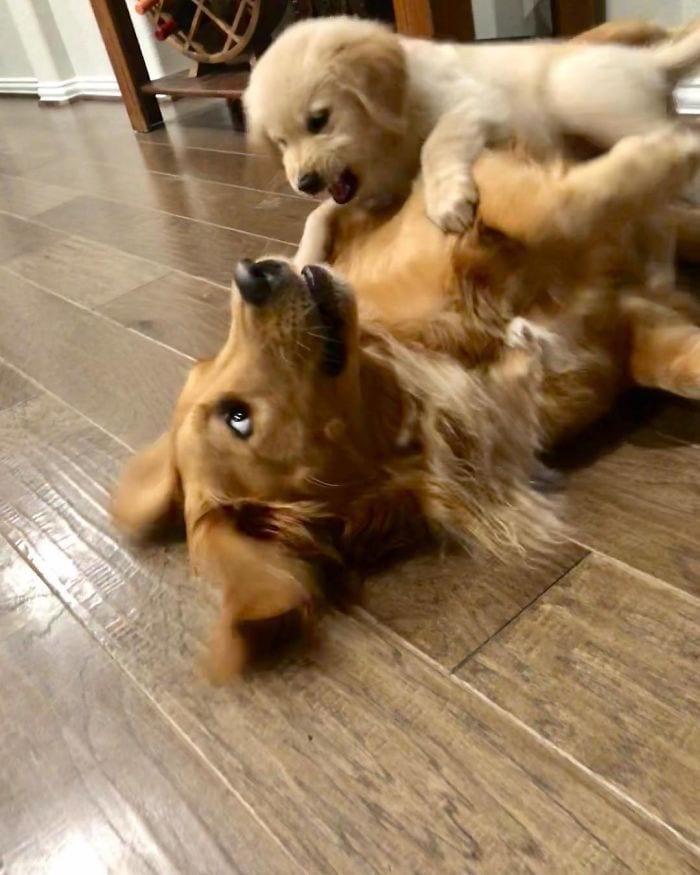

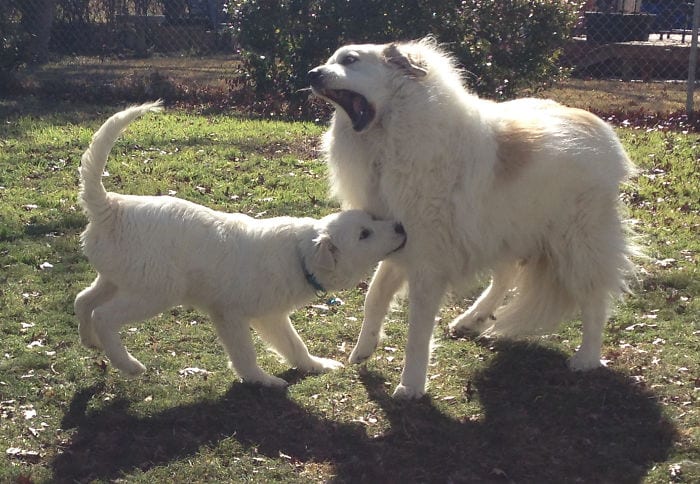

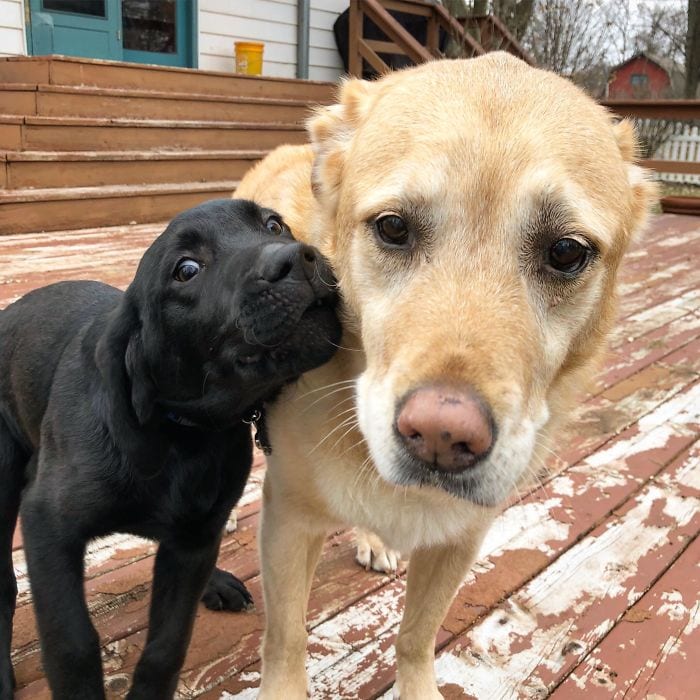

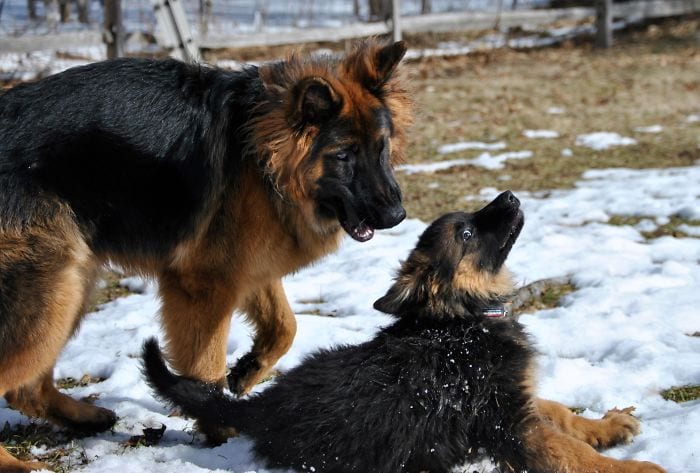

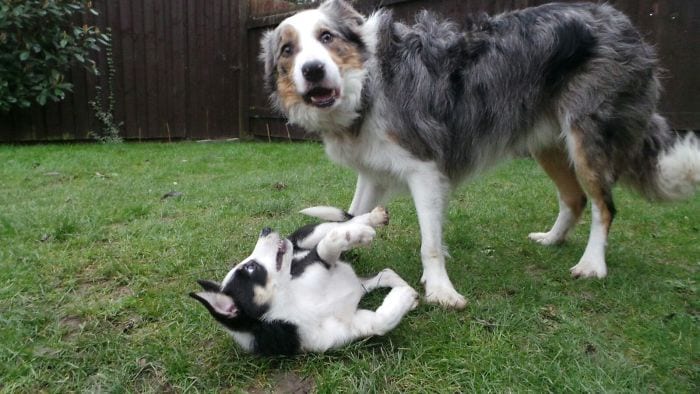

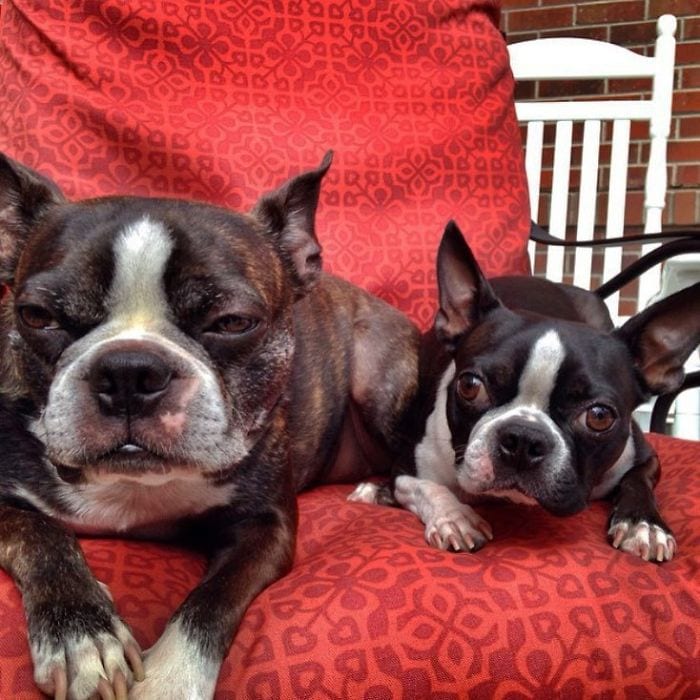

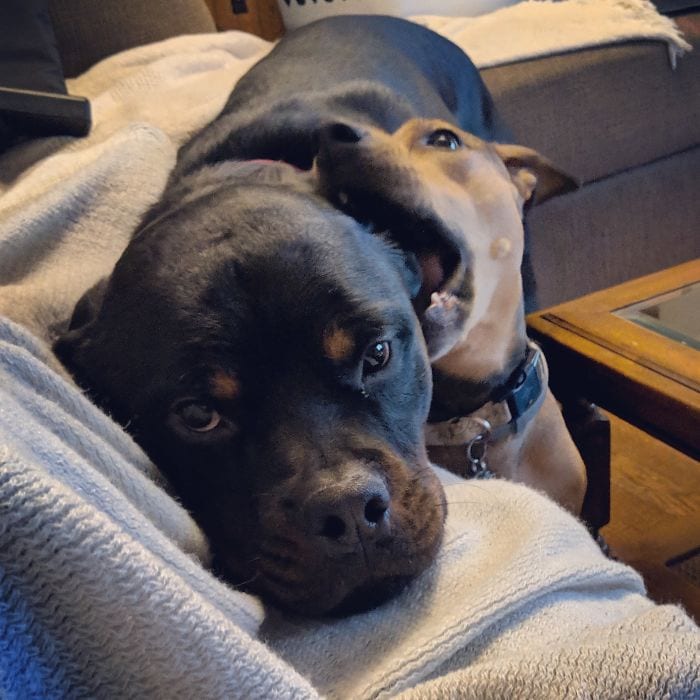

Aggression is caused by stress, and there is clearly plenty of it in Jane’s pack. Jane is obviously not “a natural.” She knows she has a problem – if she had any doubts, the $800 vet bill for the last incident between Angel and Honey erased them.
She has tried to control her rowdy family members, but failed miserably. On the advice of a well-meaning friend she was letting the dogs work it out themselves, but things have only gotten seriously worse. She read a book that suggested supporting the “alpha” dog. As best she can tell, Honey is top dog in the pack, so she feeds Honey first, tries to let him out the door first (hence the bite by Angel), and lets him sit by her feet while she eats her dinner and feeds him treats. If a fight happens, she yells to break it up, then puts the other dogs out in the yard but lets Honey stay in, to support his position in the pack.
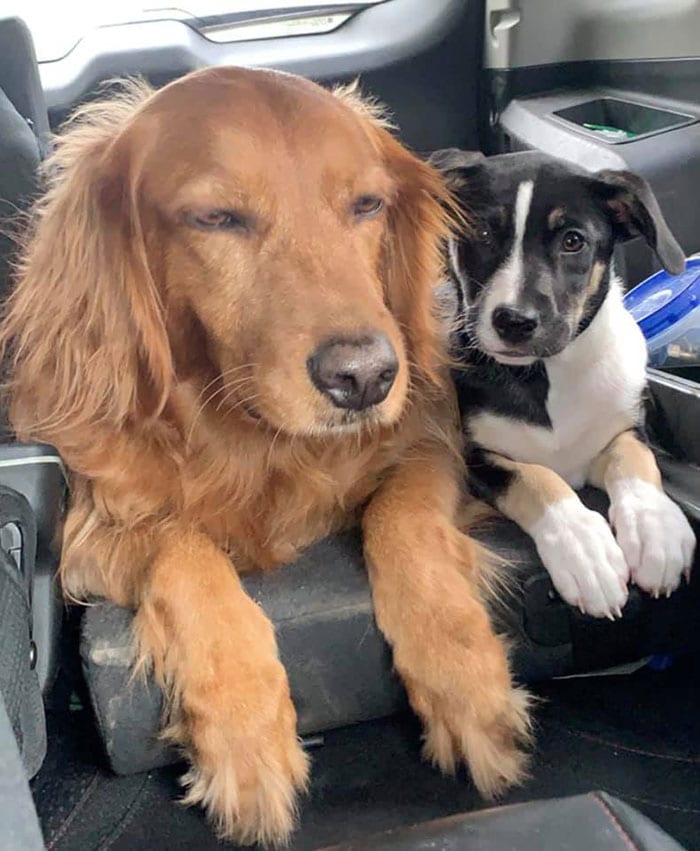

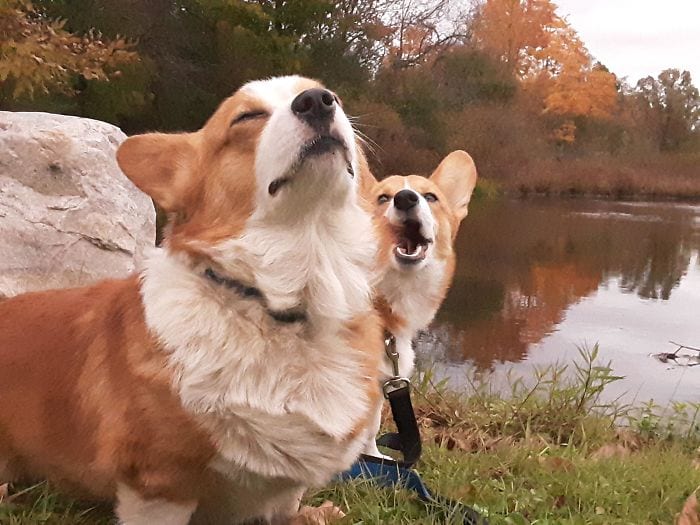



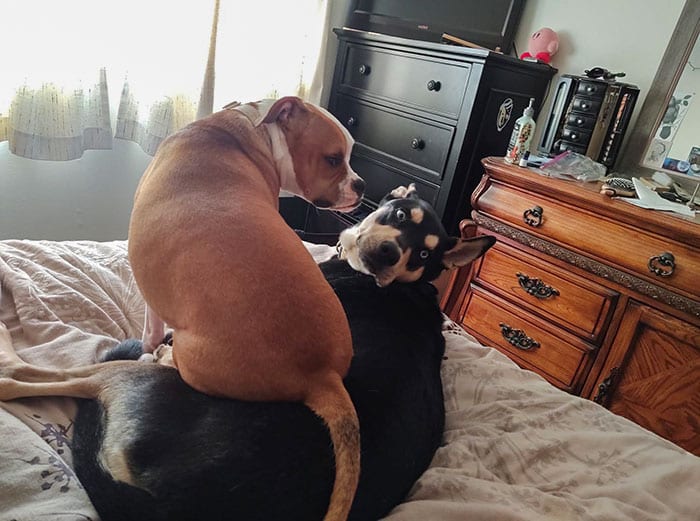

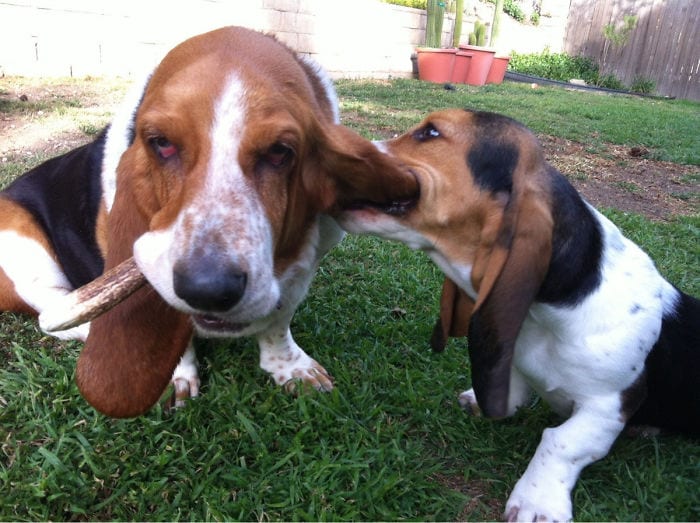



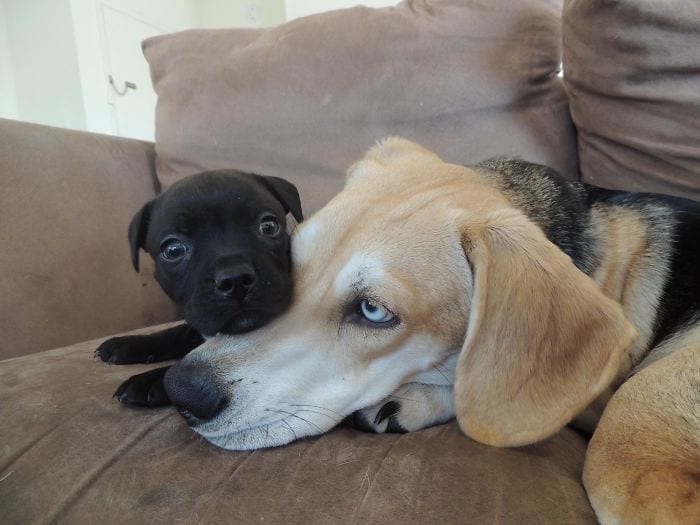

The more dogs in a household, the more important it is that all dogs be well-trained and well-behaved. Intervention in an escalating conflict is easier and more effective when the dogs respond to calm cues. The Web site of the Association of Pet Dog Trainers (apdt.com) offers a “Trainer Locater” list of APDT members, as well as suggestions for finding a good training professional. APDT members may use positive methods to varying degrees; however, there is an increased likelihood of finding a positive trainer on this list who meets your expectations.


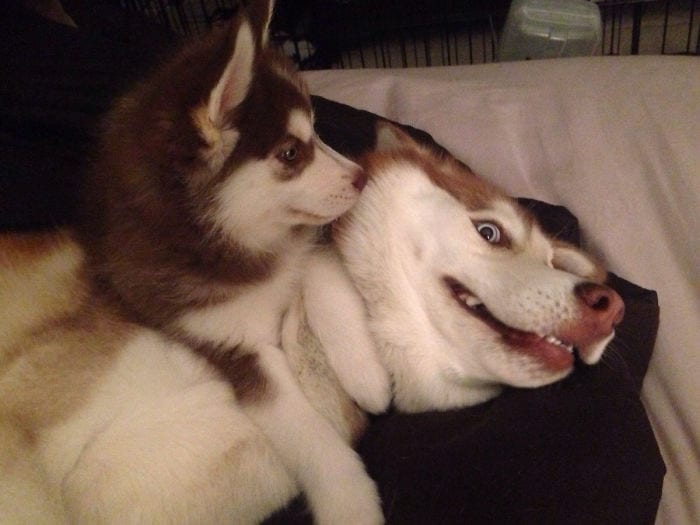

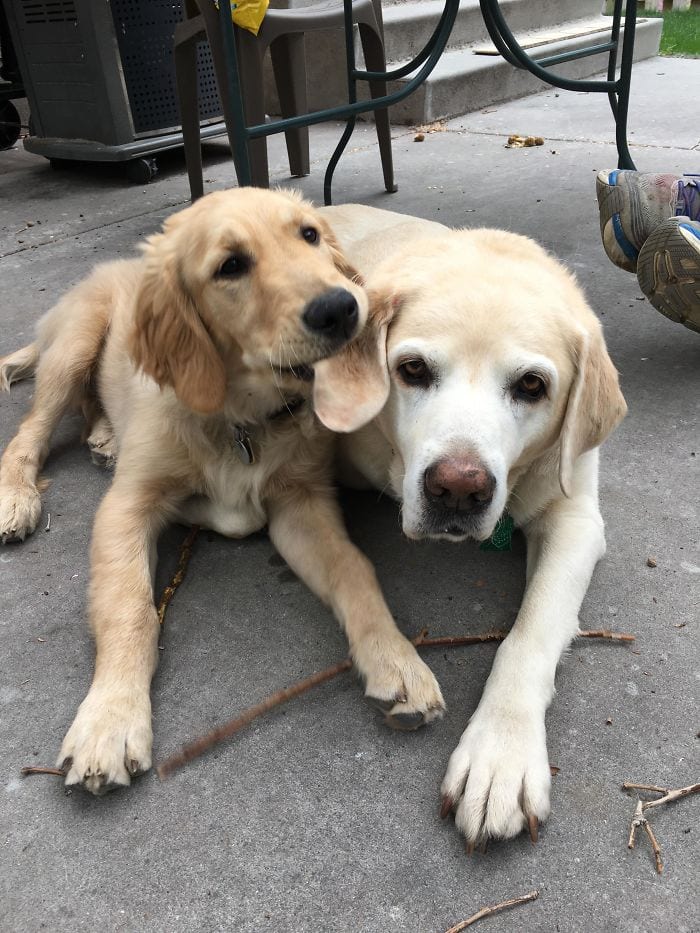

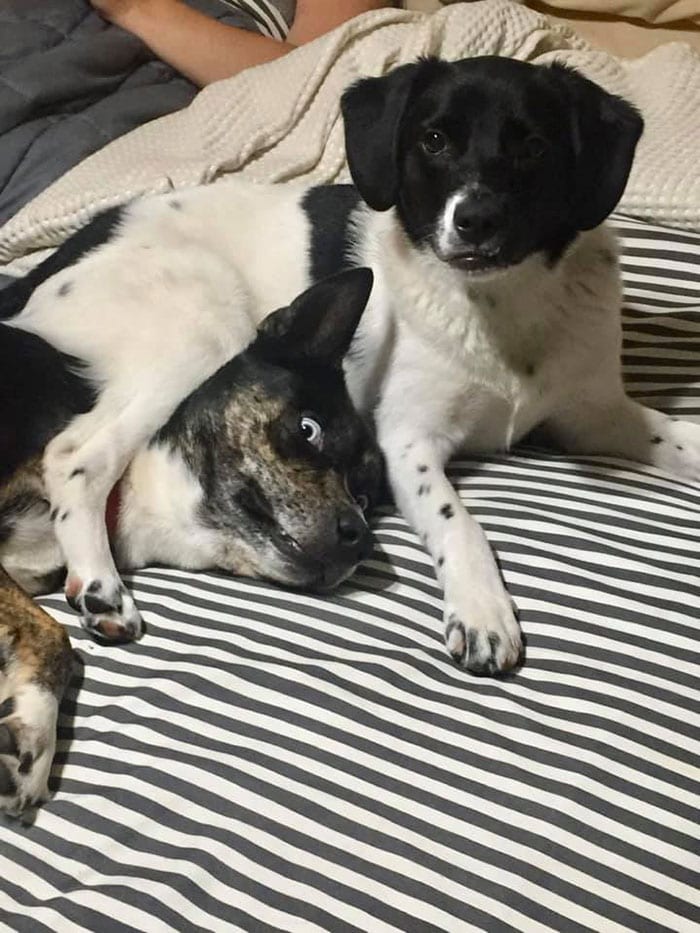

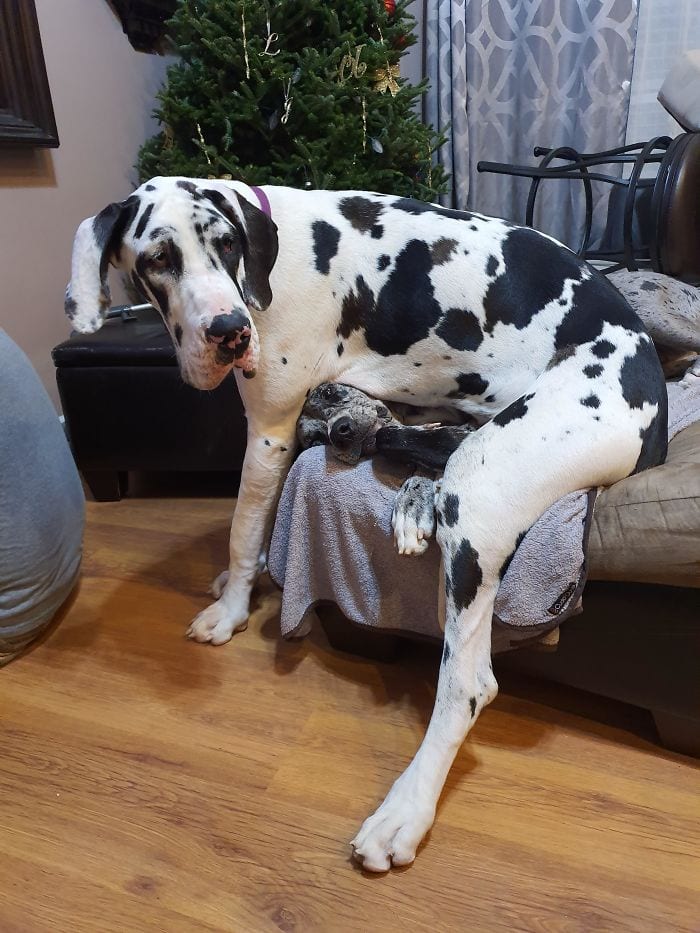

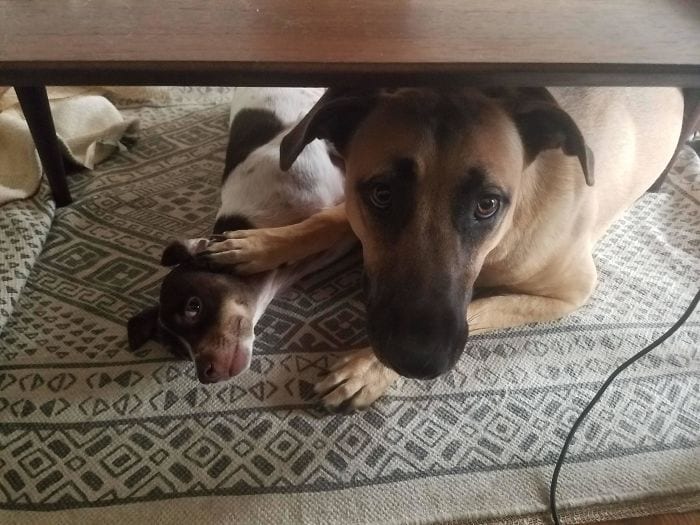

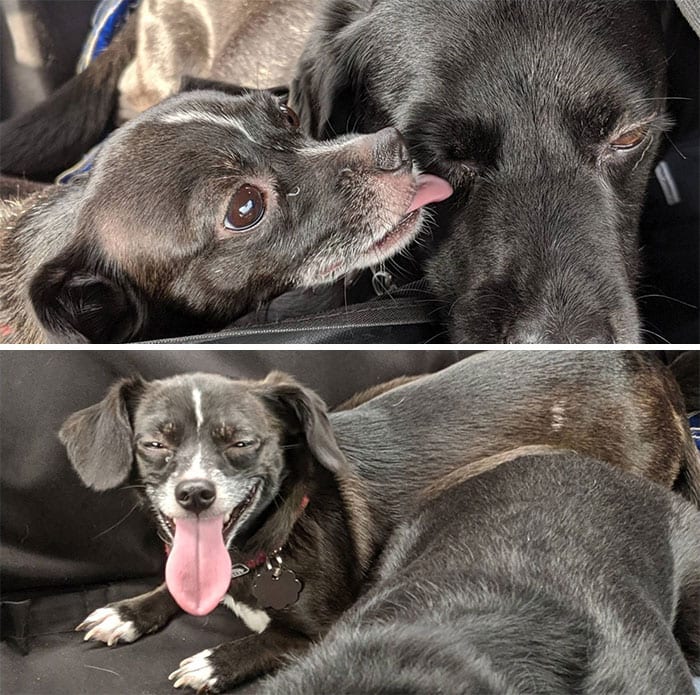

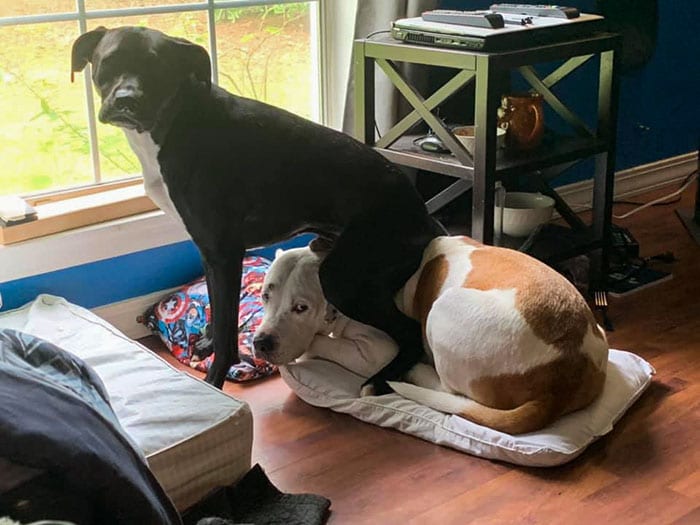

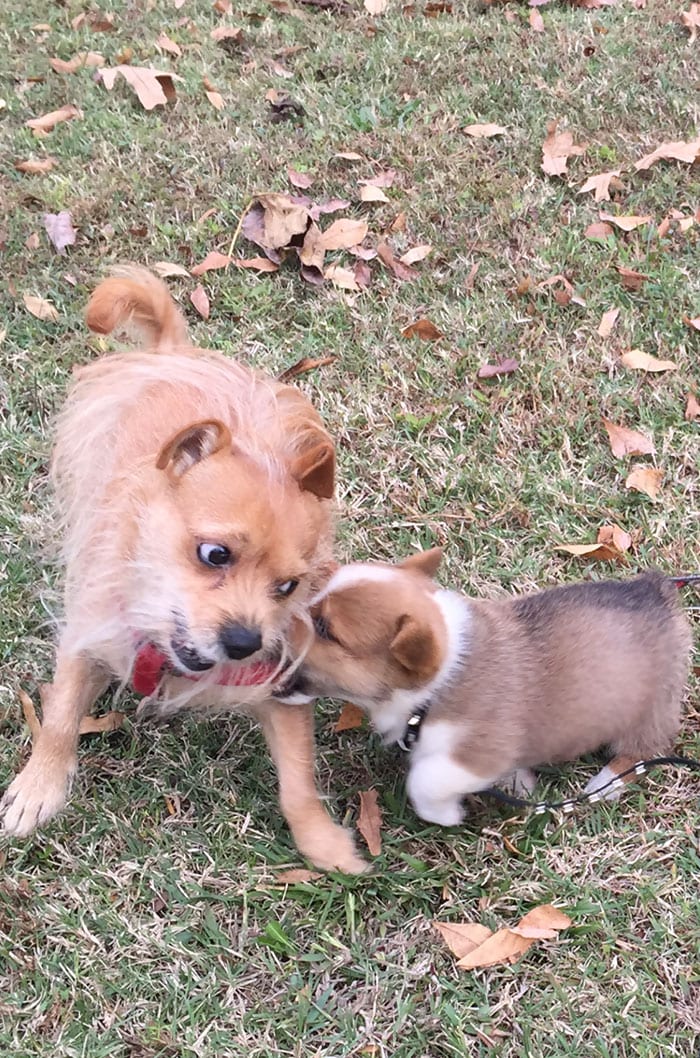



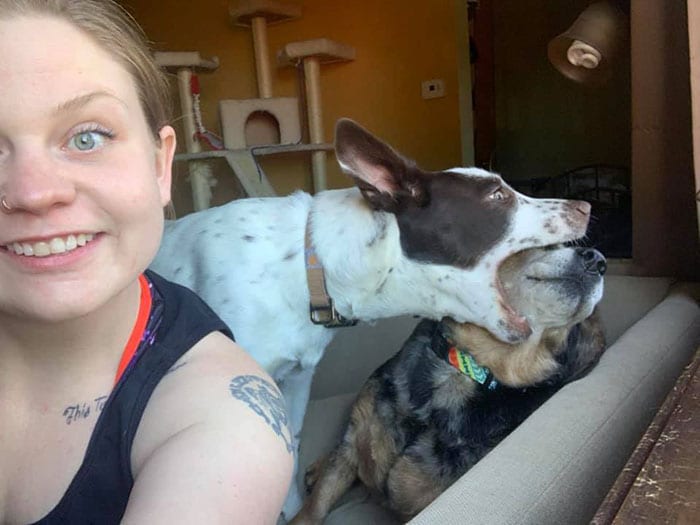

What about you? Did you get your puppy a sibling? How’d it go?